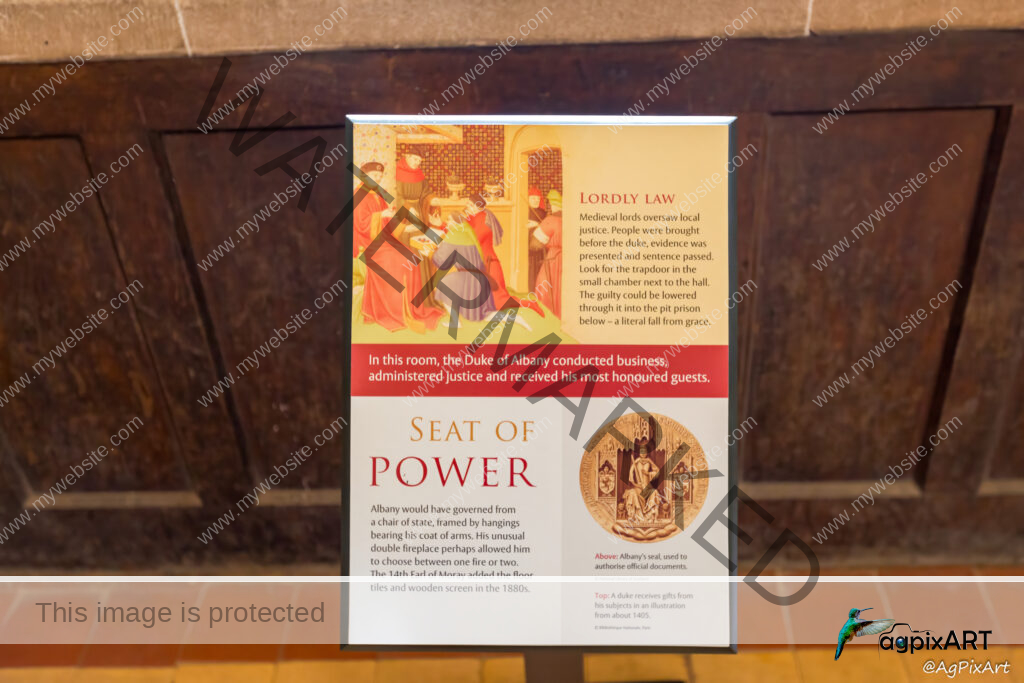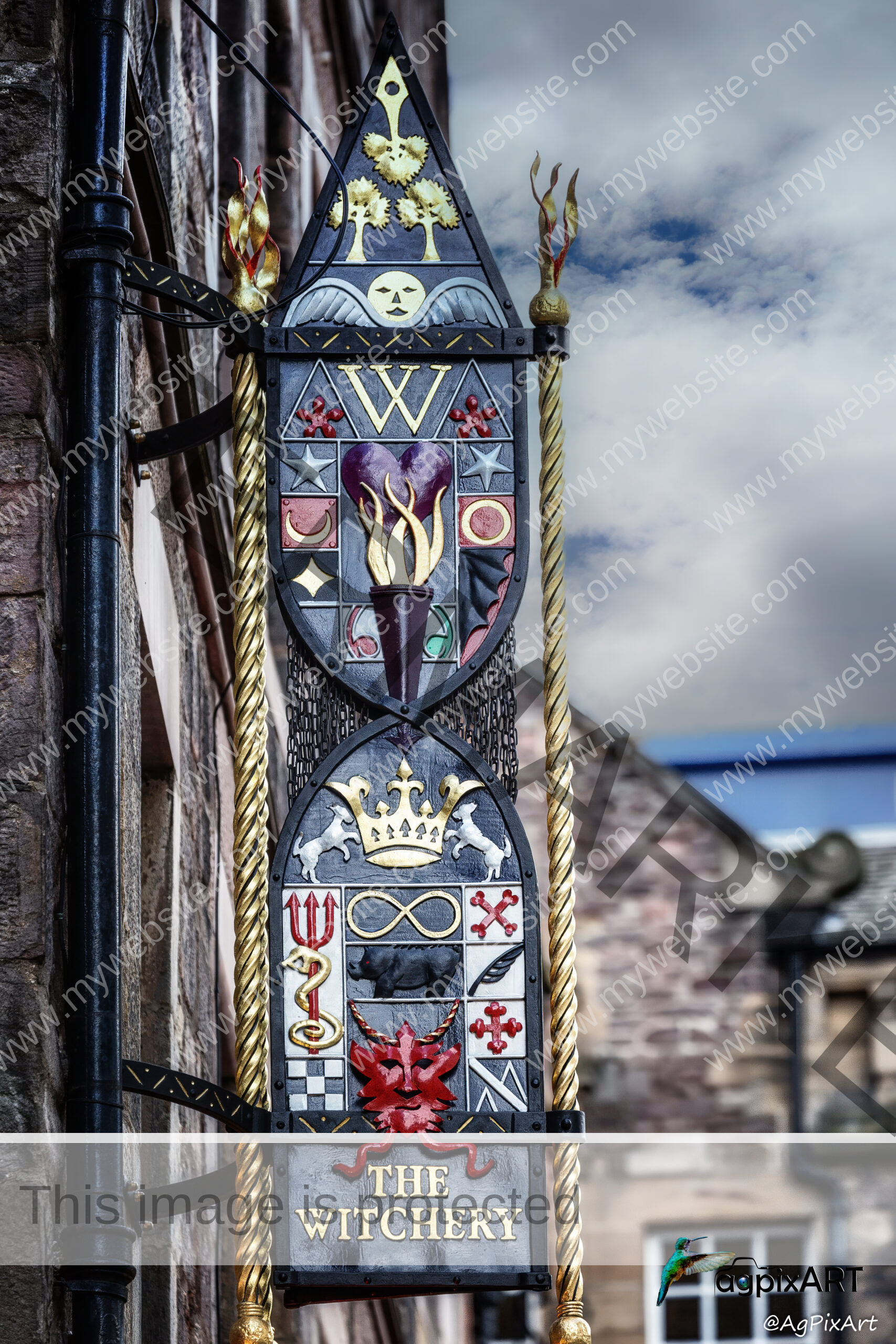Doune Castle, Central Belt
Doune Castle is located in the village of Doune, in the Stirling council area of central Scotland, approximately 30 miles northwest of Edinburgh. It sits near the River Teith, surrounded by scenic countryside.

Explore Doune Castle
Monty Python Castle
Doune Castle, an exceptionally preserved medieval stronghold from the late 14th century, stands as a captivating historical and cultural landmark, celebrated for its striking architecture and iconic roles in film and television. Constructed around 1380 by Robert Stewart, Duke of Albany, a formidable Scottish noble and regent, it served as a prestigious royal residence and fortress for the Stewart dynasty, linked to Mary, Queen of Scots, and other monarchs. A key strategic site during the Wars of Independence and Jacobite uprisings, it notably functioned as a prison during the 1745 rebellion. Though it fell into ruin by the 18th century, meticulous 19th- and 20th-century restorations have preserved its remarkable layout, making it one of Scotland’s finest medieval castles. The nearby village of Doune exudes quaint charm, offering local craft shops and the Doune Antique Centre.
Good To Know…

Where-to-Eat
Edinburgh’s dining scene is a delicious mix of traditional Scottish fare, global cuisines, and innovative fine dining, reflecting the city’s Celtic heritage and vibrant culture.

The Rose St Brewery
A charming, well-regarded dining option offers traditional Scottish and British pub fare, served in a cozy, split-level pub at 55-57 Rose Street, EH2 2NH, in the New Town. Offers classic dishes like haggis, neeps, tatties, fish and chips, and Cullen Skink. Its Steak and Ale Pie-slow-cooked beef in ale gravy, encased in pastry, with chips or mash-is 1st class.

No.1 High Street
The charming old-fashioned pub is located in the heart of the Old Town’s literary quarter and it was the original gathering place for famous Edinburgh Cape Society. The pub serves classic Scottish dishes, a variety of cask ales and good selection of whiskies. Recommended: Scottish Lentil soup, fish and chips with homemade Tatar sauce.

The Witchery
Located at 352 Castlehill, Royal Mile, EH1 2NF, steps from Edinburgh Castle in heart of the Old Town, The Witchery offers a magical, gothic dining experience. Its candlelit dining creates a fairytale-like charm, blending traditional Scottish cuisine with modern European flair. Reservations are a must, particularly during peak seasons.
Doune Castle – Info & Map
Instructions for photo proofing and comments:
Left-click on the photo to access options for title information (i), leave comment, or mark the photo(s) as the favorite. The option to submit the selected as favorite photos is under “Submit proofs” button under photo gallery.
